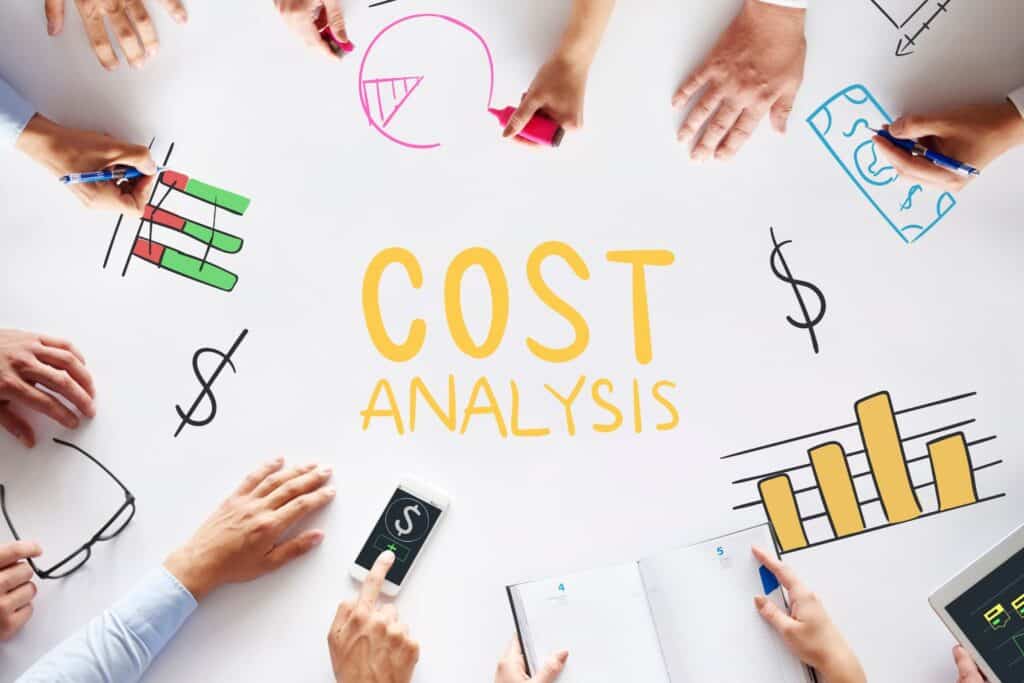In the world of retail and business management, knowing your numbers is the key to profitability. One of the most critical metrics every retailer, wholesaler, or eCommerce owner should understand is COGS—or Cost of Goods Sold.
COGS directly impacts how much profit your business makes on every sale, helping you make smarter decisions about pricing, inventory, and operations. In this guide, we’ll break down what COGS is, how to calculate it, why it matters, and how POS systems can simplify the process.
1. What Is COGS?
COGS, or Cost of Goods Sold, represents the total direct costs involved in producing or purchasing the goods your business sells during a specific period. It includes all expenses directly tied to creating a product or bringing it to market, such as:
- Raw materials or wholesale product costs
- Labor directly involved in production
- Packaging and shipping to inventory
- Freight and handling fees
COGS does not include indirect expenses like rent, marketing, or administrative costs. Those fall under operating expenses, which are tracked separately.
In short, COGS tells you how much it costs to make or acquire the products you sell—a crucial factor in understanding profitability.
2. Why Cost of Goods Sold Matters for Retailers and Businesses
Knowing your Cost of Goods Sold isn’t just about bookkeeping—it’s a strategic tool for managing and growing your business.
Here’s why it is so important:
- Profitability Analysis: By subtracting COGS from your total revenue, you get your gross profit.
- Pricing Strategy: Understanding how much it costs to produce or buy products helps you set competitive yet profitable prices.
- Inventory Management: Monitoring COGS helps identify which products are eating into profits or selling efficiently.
- Financial Forecasting: COGS trends reveal seasonal demand and guide better purchasing decisions.
For example, if your business spends $40 to acquire a product and sells it for $100, your COGS is $40, and your gross profit is $60 per sale. Without tracking this, you may either underprice or overprice your items, affecting long-term profitability.
3. How to Calculate COGS
The formula is simple but powerful:
Cost of Goods Sold = Beginning Inventory + Purchases During the Period – Ending Inventory
Let’s break this down:
- Beginning Inventory: The value of stock you have at the start of the period.
- Purchases During the Period: The total cost of new inventory bought or produced.
- Ending Inventory: The value of stock left at the end of the period.
Example:
- Beginning Inventory: $10,000
- Purchases: $25,000
- Ending Inventory: $8,000
Cost of Goods Sold = $10,000 + $25,000 – $8,000 = $27,000
That means your business spent $27,000 on goods sold during the accounting period.
4. What’s Included and Excluded in Cost of Goods Sold
Knowing what goes into COGS ensures accurate reporting and better financial decisions.
Included in Cost of Goods Sold:
- Direct labor costs (manufacturing or assembly)
- Raw materials or purchased inventory
- Freight-in costs (transporting goods to your store or warehouse)
- Factory or warehouse supplies used in production
Excluded from Cost of Goods Sold:
- Advertising or marketing costs
- Office salaries
- Distribution and delivery to customers
- Rent or utilities not tied to production
These exclusions belong in operating expenses on your income statement.
5. Cost of Goods Sold and Gross Profit: The Relationship
Once you’ve calculated COGS, you can determine your gross profit, which shows how efficiently your business converts products into earnings.
Gross Profit = Net Sales – COGS
If your gross profit is low, it could mean your cost of goods is too high or your prices are too low. Regularly reviewing your COGS helps identify areas for cost reduction or pricing adjustments.
For example:
- If COGS rises faster than sales, you might need to negotiate better supplier rates.
- If your COGS drops, it could signal improved efficiency or bulk purchasing advantages.
6. How POS Systems Simplify Cost of Goods Sold Tracking
Modern Point of Sale (POS) systems play a vital role in simplifying COGS calculation and management. Retailers using systems like RealTimePOS can automatically track inventory levels, purchase costs, and sales transactions in real time—giving accurate COGS data without manual spreadsheets.
Key Benefits of Using POS for tracking:
- Automated Tracking: Updates product costs and quantities after each sale.
- Real-Time Inventory Insights: Helps maintain accurate stock valuations.
- Integrated Reporting: Generates COGS and profit margin reports instantly.
- Multi-Location Management: Consolidates cost data across branches or online stores.
By automating COGS reporting, you not only save time but also reduce human error in financial analysis.
7. Common Mistakes Businesses Make When Calculating Cost of Goods Sold
Even experienced retailers can make mistakes when calculating COGS. Here are some to avoid:
- Failing to update purchase costs: Supplier price changes can skew your COGS.
- Ignoring damaged or lost inventory: Failing to account for shrinkage can overstate profits.
- Including unrelated expenses: Adding indirect costs like marketing can distort actual COGS.
- Not syncing online and offline sales: Separate systems can cause inventory mismatches.
Automating your sales and inventory systems ensures consistency and accuracy in reporting.
8. Reducing to Improve Profit Margins
Lowering your Cost is one of the most effective ways to boost profit margins. Consider strategies such as:
- Negotiating better supplier deals or bulk discounts.
- Switching to local suppliers to reduce shipping and import costs.
- Automating inventory management to minimize overstock and waste.
- Tracking sales data to identify best-performing products and eliminate slow movers.
Efficient inventory control and supplier management directly reduce operational costs and increase profitability.
9. Cost of Goods Sold and Tax Implications
COGS also affects your taxable income. Because it’s considered a business expense, reporting accurate COGS reduces your overall taxable profit. Overstating or understating COGS can lead to tax compliance issues.
Ensure your accounting software or POS system properly records:
- Inventory purchase dates and costs
- Returned goods
- Supplier invoices and receipts
Proper documentation ensures accuracy during audits and financial reviews.
10. The Future of COGS Management with Automation
As retail moves increasingly toward digital integration, managing COGS through automation and cloud-based POS software has become the new standard. Businesses that automate their cost tracking gain:
- Greater accuracy in pricing and profitability.
- Faster decision-making with real-time data.
- Simplified accounting and tax reporting.
Tools like RealTimePOS help retailers integrate purchasing, inventory, and sales into one seamless platform—making calculation more transparent and effortless than ever before.
Conclusion
Understanding What COGS Is is essential for any retail or eCommerce business aiming to stay profitable and efficient. By mastering how to calculate and monitor your cost of goods sold, you gain insights into your true profit margins and business performance.
Whether you’re managing a single store or multiple sales channels, automating COGS tracking with a reliable POS system helps ensure accuracy, reduce manual work, and drive smarter financial decisions.







